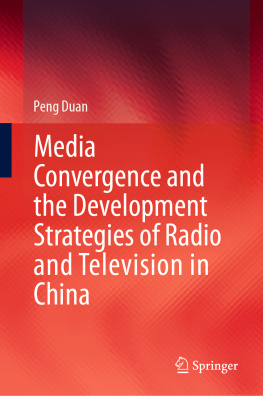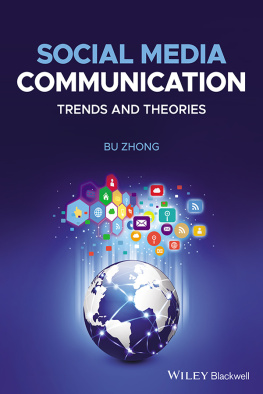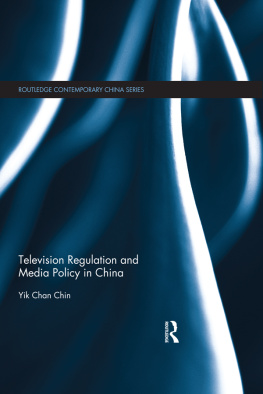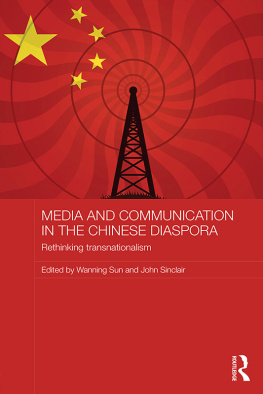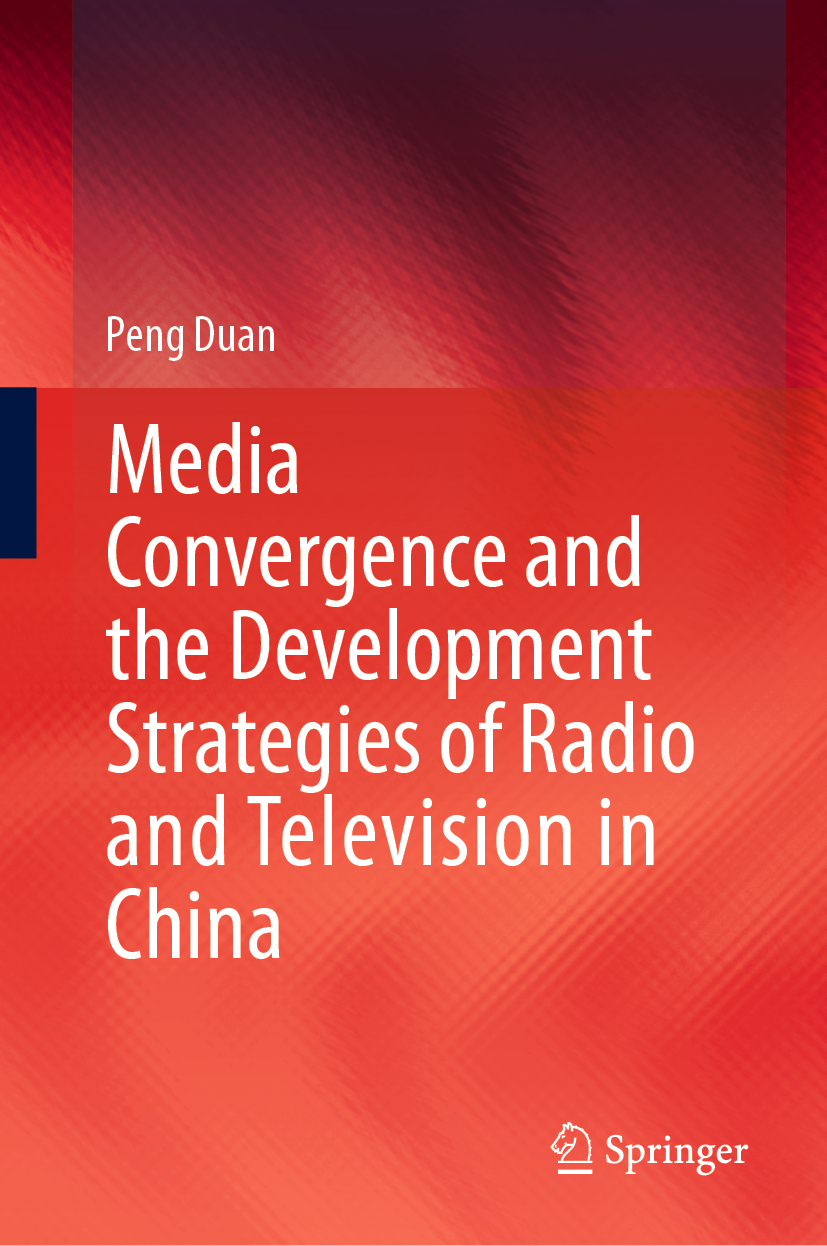1. The Rise, Concept and Manifestations of Media Convergence
1.1 Concept and Research Overview of Media Convergence
Media underwent major changes in the twenty-first century compared to the previous century and drew the attention of scholars from home and abroad alike. The exploration of media convergence abroad dated back to the publication of the book Technologies of Freedom by Ithiel de Sola Pool in 1983, in which Pool pointed out that an established physical network could provide any type of media facilities, whereas media facilities that were once limited to a certain technology could be sent to any physically separated network []. This reveals that theoretically media connection may be possible with technological support. The feasibility of this theory emerges from the development of media technology and continuous to evolve and diversify through practice and progress.
After the 1970s and 1980s, other scholars and media professionals continued to research and practice media convergence. With their scientific background and knowledge and research results, they propelled the progress of media convergence. Both Nicholas Negroponte and Roger Fidler predicted the trend of media convergence in their earlier works. Later, from around the end of the 1990s, western writings on the basic concepts of media convergence were translated and introduced to China and provided the early definition of media convergence, including Convergence: Integrating Media, Information & Communication by Thomas Baldwin, Mediamorphosis: Understanding New Media by Rodger Fidler, Megamedia Shakeout: The Inside Story of the Leaders and the Losers in the Exploding Communications Industry by Kevin Maney and Media Now: Communications Media in the Information Age by Joseph Straubhaar.
It is worth noting that although the concept of media convergence emerged in the 1980s, a clear definition of the concept has yet to be established primarily due to two reasons: first is the diachrony of the concept at different stages, which means its content continuously evolves due to media changes. In the meantime, concept definition is closely related to the development of media, and changes in the longitudinal time dimension also lead to different understanding of the concept. Second is that theoretical exploration of the concept comes from diverse research perspectives. For example, key perspectives of western research on media convergence include media history, cultural studies and political economy, which lead to disagreement on the definition [].
Furthermore, following the initial media-convergence craze, western countries including the U.S. began to show a cooling attitude towards media convergence. Some failed cases of media convergence had also led to discussions such as anti-media convergence and media differentiation, while many scholars remarked how the public had failed to benefit from the process of media convergence. In their paper Facing the Challenges of Convergence: Media Professionals Concerns of Working Across Media Platforms, Huang et al. observed that to date most discussions on media convergence were focused on its business value [].
In China, Cui Baoguo and Cai Wen were the first to draw attention to media convergence. In his 1999 paper Technological Innovation and Media Transformation, Cui noted the two most distinctive characteristics of media transformation at the time: one is the mutual convergence and infiltration of different media, and the other is the constantly emerging new media, which represent the convergence and separation of media, and introduced the concept of media convergence to the country for the first time [].
In recent years, research on media convergence in China is primarily based on the following perspectives:
I. Definition of the content and extension of media convergence
To date, the academic circle has yet to settle on the content of media convergence, but a variety of theoretical perspectives have formed.
From a micro-perspective, the author once suggested that the core of media convergence is the continuous development of media such as newspapers, radio, television and the Internet following the breakthroughs in information and communications technology. In addition, the overcoming of barriers related to audience, society and policies allows media to make up for their deficiencies by learning from others strong points and leads to convergence [].
While defining the content, scholars also explored the extension of the concept of media convergence, such as how it is a dynamically changing status with blurred boundaries and an evolutionary process whereby the old media adapt to new environments [].
II. Research on the processes and models of media convergence
Regarding the processes and models of media convergence, scholars explored from the perspectives of longitudinal historical evolution and horizontal subject expansion.

